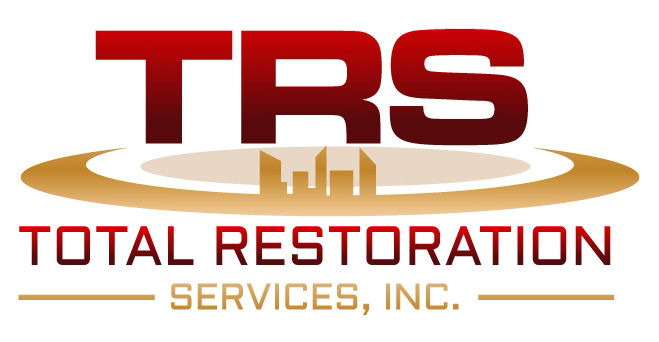Managing high-quality food production involves a lot of variables, but one of the biggest factors is the viability of your processing plant. Many industrial buildings use acids and caustics in their production process, generating concrete deterioration, steel corrosion, and even mold throughout the facility. All of these can put your entire operation in jeopardy. To keep production safe and on track, you’ll want protective coatings on key areas of your food processing plant.
What are Protective Coatings?
Protective coating systems are applied to the surfaces of walls, floors, and hazardous areas, such as on waste containment structures, to prevent deterioration. Primarily administered as sprays, protective coatings can also be plated or painted onto surfaces through slow-drip or welding techniques. These coatings protect concrete and other surfaces from grime, water damage, chemical exposure, and pathogens in the vicinity. Through varying chemical compositions and materials, these coatings preserve the longevity of your food processing plant’s concrete work areas. In addition to your products, this also keeps your staff and the environment secure of harmful chemical spills.

Even reinforced containment systems require periodic maintenance and repair. Otherwise, the pressures of work activity and chemicals involved in food production will warp the surfaces. Protective coatings work to prevent this deterioration, saving you from major restorations that disrupt the work schedule, as well as more costly repairs.
5 of the Best Protective Coating Methods for Food Processing Plants
There are several types of protective coating optimized for the food processing industry. Choosing the best protective coating for your individual plant is a balance between facility specifications and coating properties. To help you start considering options, below are five of the best protective coatings for the food processing industry.
1. Polyurea Coating:
Polyurea is among one of the most resilient and flexible protective coatings. This is attributed to its molecular properties as a polymer. Polyurea is known for being water resistant, abrasion resistant, and very strong. Polyurea coatings also contain anti-bacterial properties that make it invaluable in food processing plants. Additionally, the cure time for polyurea is exceptionally fast.
2. Epoxy Coating:
Epoxy protective coating is valued for its durability in both intense cold and heat. Another nice thing about epoxy is that it dries quickly, which ensures very little delays in production while the coating sets. Additionally, epoxy is designed to resist chemical exposure, oil leak, and scratches to the surface. This helps reduce wearing of the coating itself, staving off repairs.
3. Methyl Methacrylate (MMA) Coating:
MMA is designed to tolerate extreme cold and can even be applied in below freezing temperatures. This makes MMA a great choice for freezer areas of your plant. The composition of MMA makes it a good defense against microbial threats – always ideal for food processing. MMA is also noted for its anti-slip and crack-bridging qualities which will help prevent workplace accidents and concrete deterioration. MMA can give off a distinct smell, but this can be assuaged with proper ventilation.
4. Urethane Coating:
Urethane protective coatings are very popular in poultry and meat processing plants and are known for longevity and heat resistance. Urethane coating also protects surfaces from scuffing. Unlike MMA, urethane has almost no distinguishable odor. A major benefit of Urethane protective coatings is that it’s quite easy to install. Generally, urethane can be set and ready to use after six hours, so workflow delays should be minimal.
5. Polyurethane Coating:
Polyurethane coatings are very complex and diverse. These coatings are noted for being particularly resistant to chemical exposure, corrosion, and physical wearing. Polyurethane coats will sometimes be added to epoxy coatings to add an additional layer of protection. Polyurethane coats are also great for protecting metal surfaces, adding a thin gloss finish that looks nice and prevents damage.
Installing Protective Coatings
While some protective coatings are easier to implement than others, this isn’t something you should do on your own. When done improperly, you risk accidents to your building and staff, as well as food contamination. You’ll get more return on investment and better quality work if you engage construction professionals who are experienced in food processing plant maintenance.
Working with industrial building specialists like Total Restoration Services means that you get more value from the protective coating as a whole. The work will be done safely, quickly, and in a way that ensures your building meets all regulations as well. At TRS we’ll work with you to identify the best protective coatings for your plant and perform every step of installation so you can just focus on your business.

